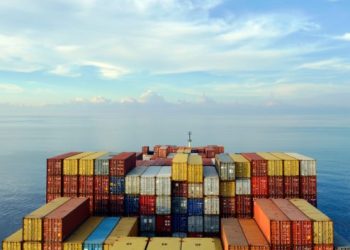Harmonized CSR for Bulk Carriers and Oil Tankers enforcement effective July 1st, 2015
Russian Maritime Register of Shipping (RS) has advised of harmonized CSR for Bulk Carriers and Oil Tankers enforcement on 1 July 2015, which will supersede the current Common Structural Rules for Double Hull Oil Tankers and Common Structural Rules for Bulk Carriers (Part XVIII and Part XIX of RS Rules for the Classification and Construction of Sea-Going Ships).The harmonized Rules will be inalterably included in the normative documents of all IACS members.
The requirements of the new Rules will cover bulk carriers of unrestricted service, single or double hull, 90 m in length and upwards and double-hull oil tankers of unrestricted service, 150 m in length and upwards. The text of the Rules can be found by clicking here
Traditionally, IACS documents are so developed that the Technical Background Rule Reference is an indispensible part of the Rules. The Reference contains comments practically on every paragraph of the developed requirements, explains the essence of the requirement, quotes its source (IACS Unified Requirement, statutory requirement, requirement of a particular Classification Society, etc.).
For the most essential requirements, Technical Background Reports are issued as separate documents forming an indispensible part of the Rules, which contain a feasibility study. The Reports include detailed justification of requirements, data, calculation examples and descriptions of applied techniques.
To ensure a flexible implementation procedure for the requirements of the new Rules, the IACS Knowledge Centre is in operation, an information resource where one can obtain explanations concerning particular requirements of the Rules in the question-answer mode.
The requirements of the new Rules cover the most massive segment of the world’s merchant fleet. In this connection, one of the main tasks of IACS during their development was to avoid the reduction of hull scantling requirements as compared to ships in service, on one part, and the groundless requirement toughening, on the other, which may potentially involve a weight increment for steel hulls.
To this end, a working group of IACS made comparative calculations of required hull scantlings for a representative selection of ships to cover the types and sizes of oil tankers (deadweight between 50 and 320 thsnd tons) and bulk carriers (deadweight between 56 and 205 thsnd tons) most popular in the market.
Relevant calculation data are generalized in the Consequence Assessment Reports and placed on the IACS website www.iacs.org.uk
Source:Russian Maritime Register of Shipping































































